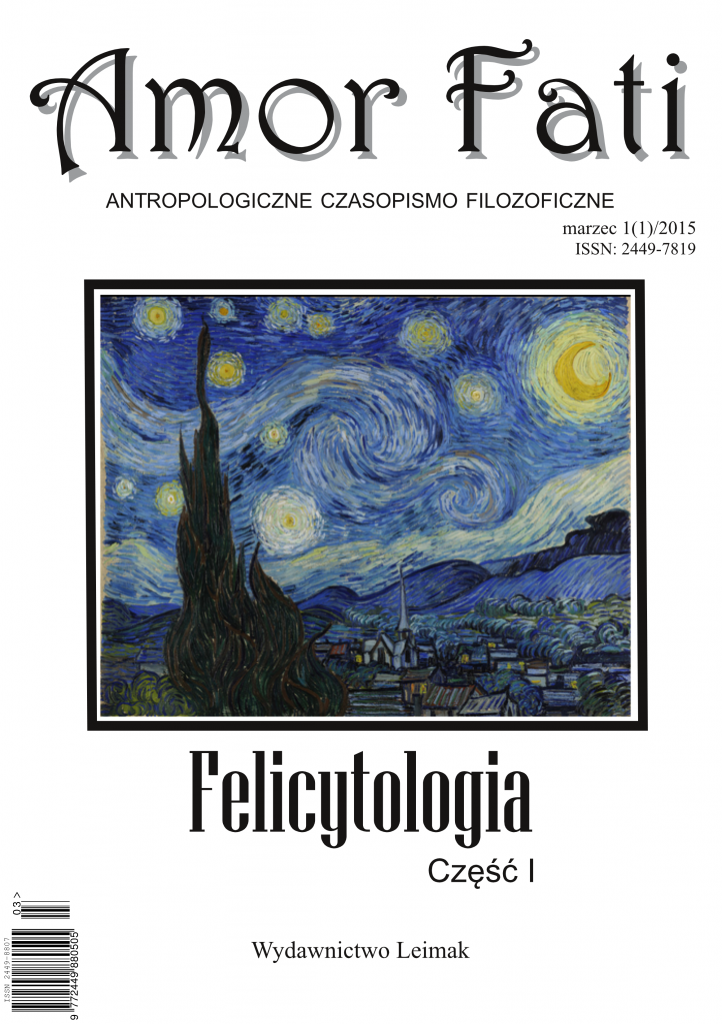(Nie)szczęśliwy happy end. O szczęściu w literaturze dla dzieci i młodzieży (na przykładzie powieści Panna Nikt Tomka Tryzny)
(Un)happy happy ending. The happiness in the literature for children and youth (as an example of the novel ‘Panna Nikt’ by Tomek Tryzna)
Author(s): Aleksandra Szwagrzyk-DalasińskaSubject(s): Language and Literature Studies, Studies of Literature, Theory of Literature
Published by: Fundacja „dzień dobry! kolektyw kultury”
Keywords: happy end; children's literature; youth literature; a happy ending; a fairy tale
Summary/Abstract: Happy ending is known to every reader and viewer. Happy endings is present in the culture of antiquity. In the literature for children happy ending is often unhappy, goes only unhappy. Science of happiness (polish term: felicyto-logia) answer questions on happiness in the literature for children and young people. Doing an analysis of the novel in 1994 under the title "Miss Nobody", author: Tomek Tryzna. The novel is about an adolescent girl who is going through a lot of drama. It has various difficult problems, can not find happiness. Her happiness turns out to be really bad luck. The girl decides to commit suicide, because she is very lonely and does not understand her family and friends. She has the nickname 'nobody', invented his friends. Nick shows that Mary is insignificant person. Marysia falls with love twice in her friends – Kasia end Ewa. Friends do not love her. Happiness and sadness always come together in her life. Children's literature shows how happiness and unhappiness are together in life. The concept of (un)happiness is necessary to describe a novel for young readers, where happiness is often bittersweet.
Journal: Amor Fati
- Issue Year: 1/2015
- Issue No: 1
- Page Range: 97-110
- Page Count: 14
- Language: Polish

